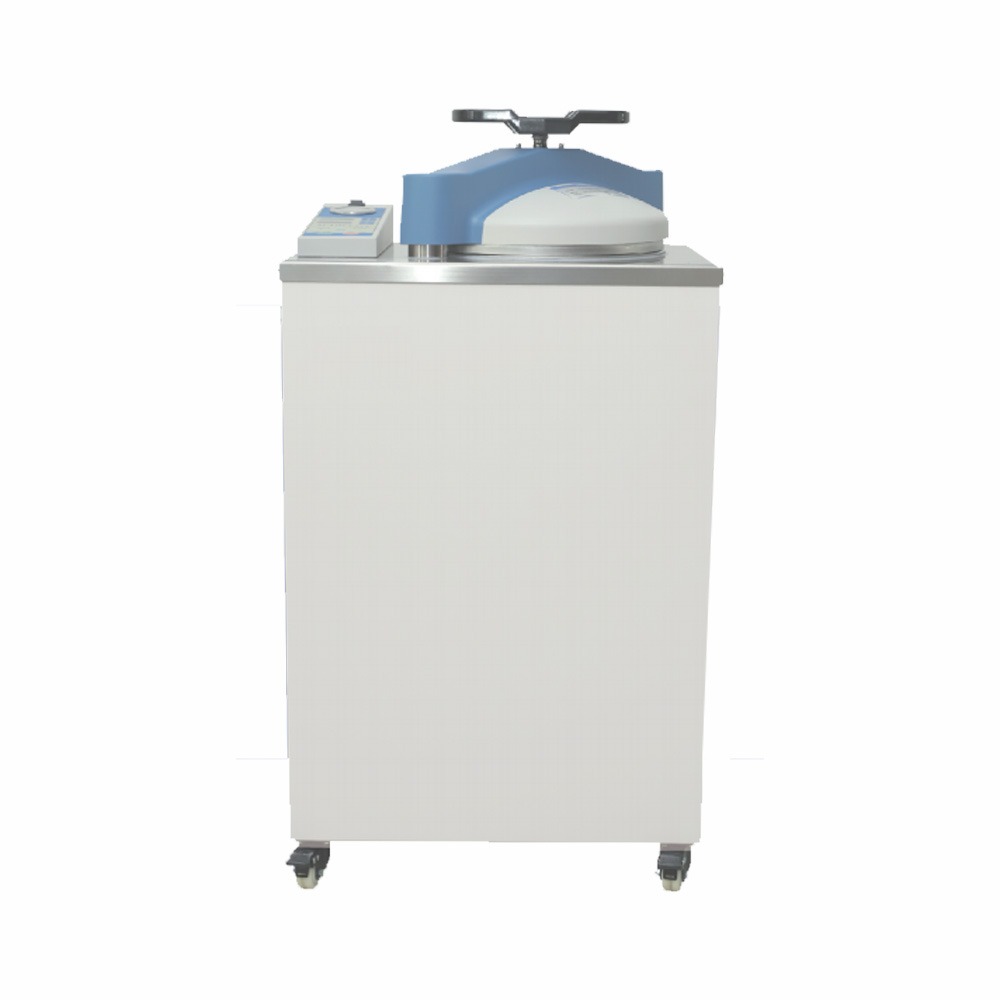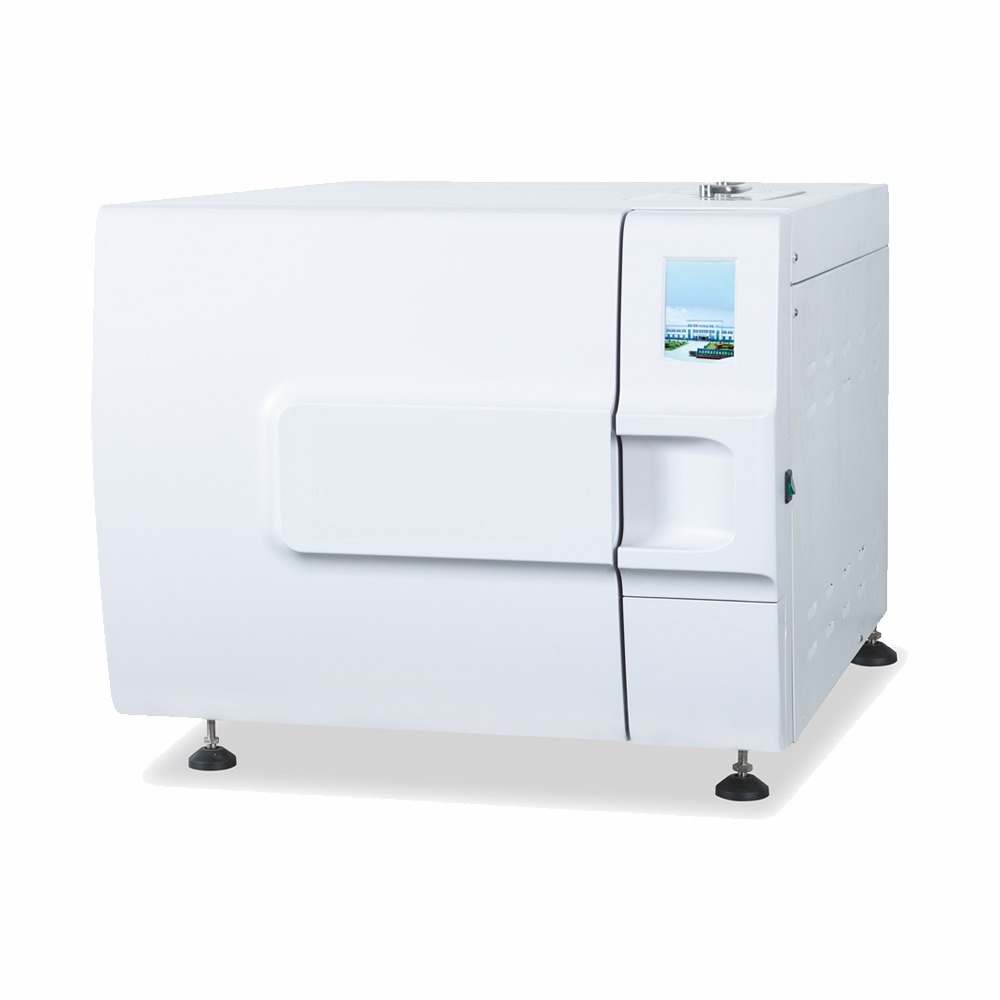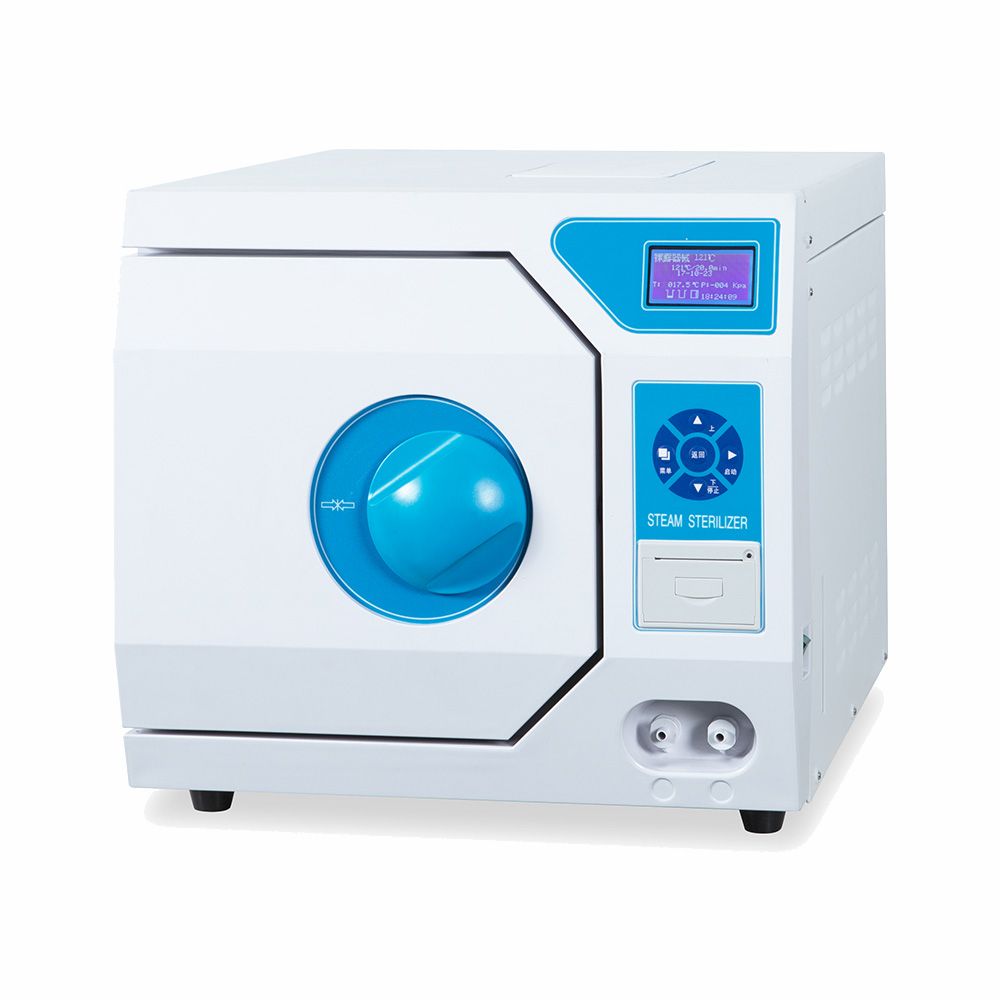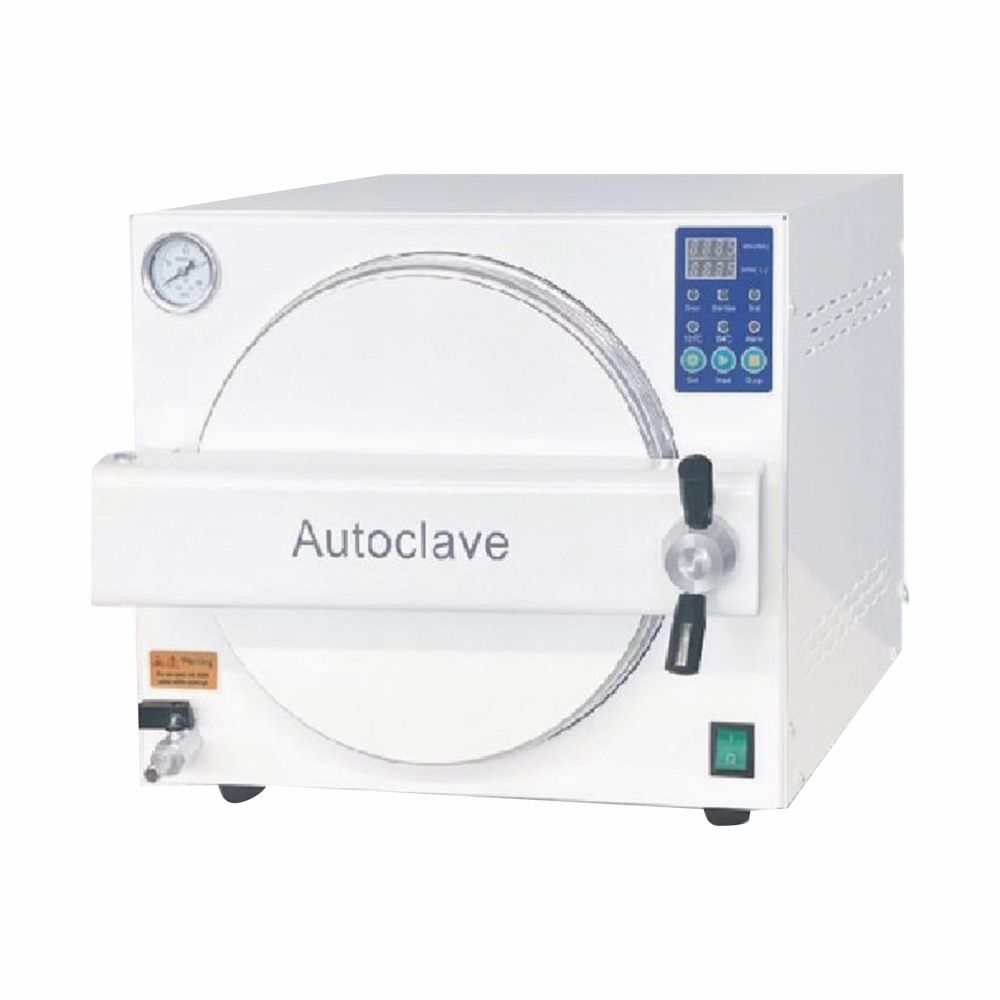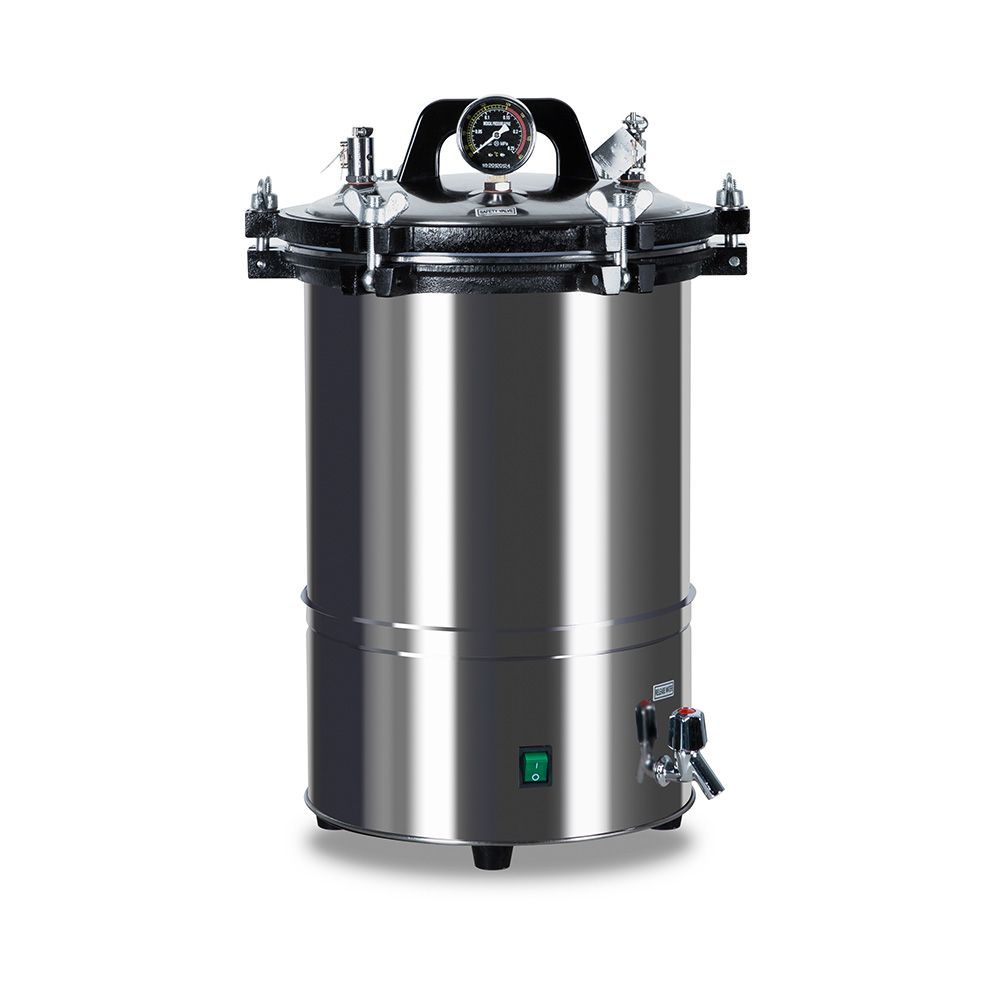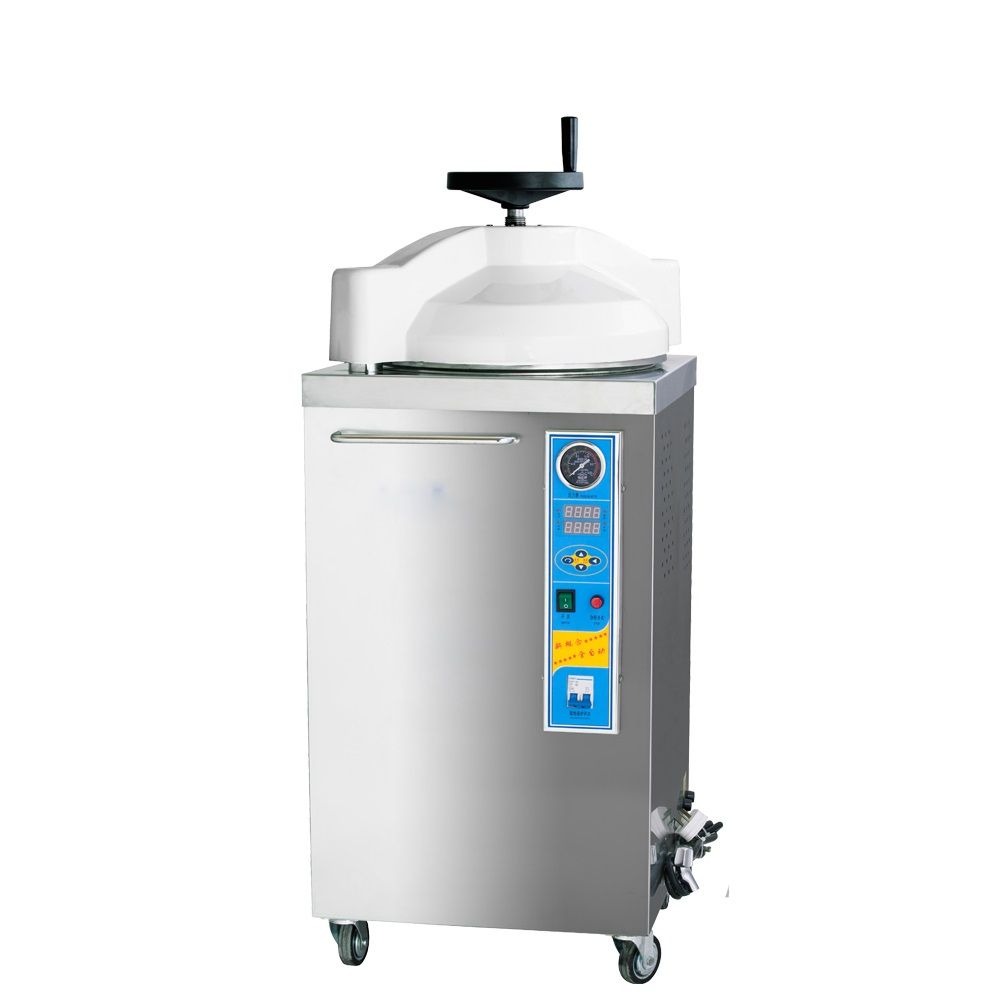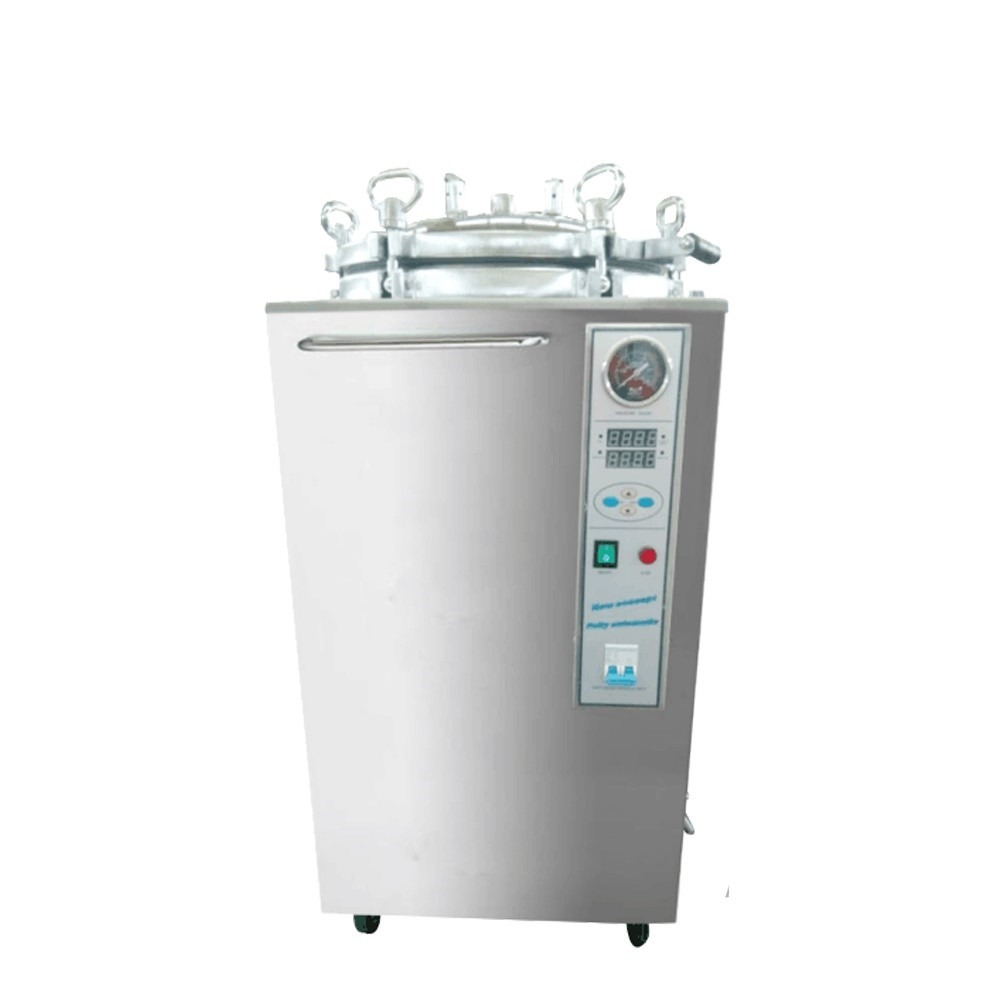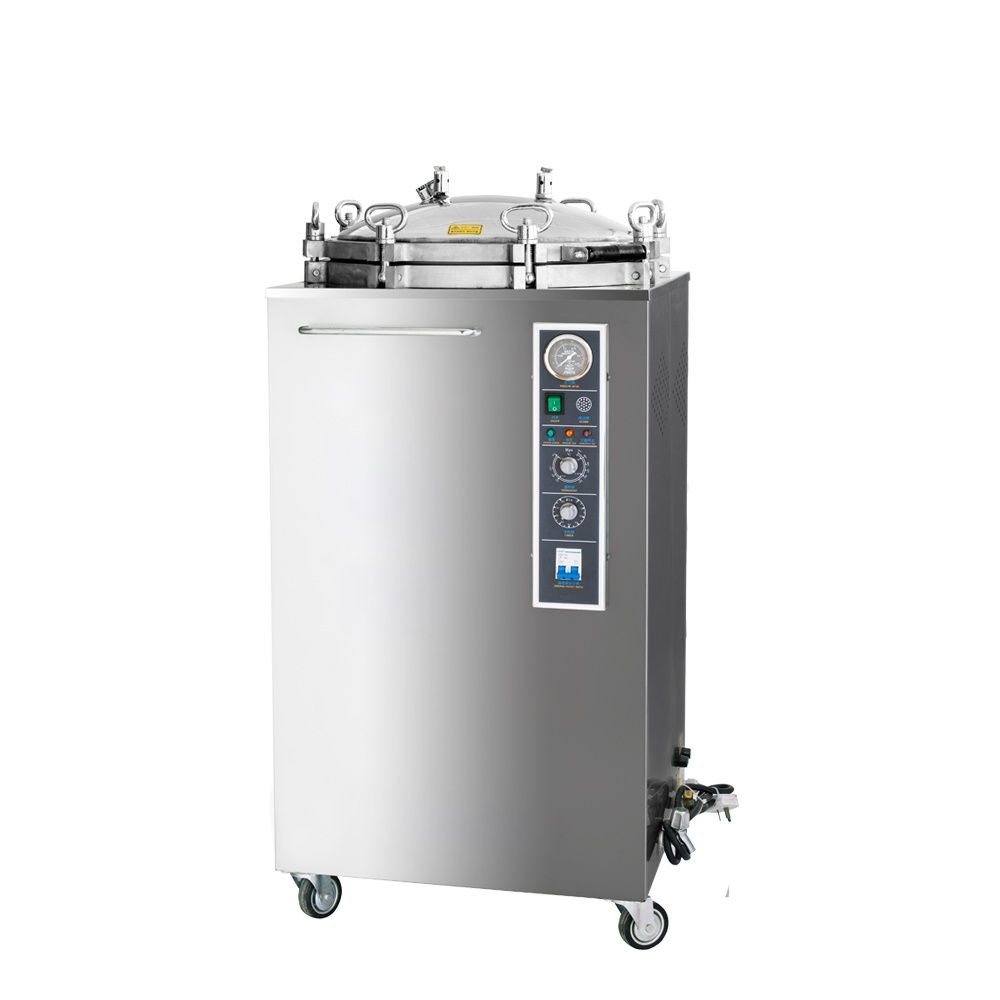Autoclaves play a crucial role in ensuring effective sterilization in various industries and fields. They are widely used in medical facilities, laboratories, research centers, and even in the food industry. When it comes to selecting an autoclave, two common options are vertical autoclave and portable autoclave. Each type has its own set of features and benefits, making the choice between them an important decision.
In this article, we will explore the differences between vertical autoclaves and portable autoclaves and provide guidance on how to choose the most suitable option for your specific sterilization needs. By understanding the distinctions and considering key factors, you can make an informed decision that aligns with your requirements and optimizes the sterilization process.
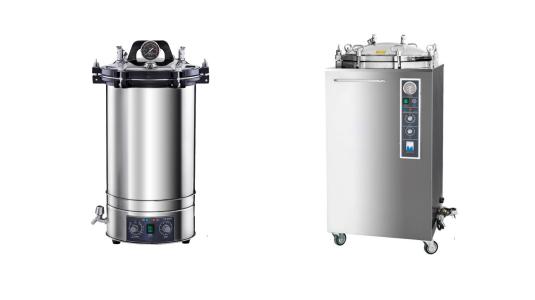
Differences Between Vertical Autoclave and Portable Autoclave
- Design and Size
Vertical Autoclave: Vertical autoclaves have a taller and more vertical design. They typically have a larger chamber capacity, allowing for the sterilization of larger loads or equipment.
Portable Autoclave: Portable autoclaves have a compact and often tabletop design. They have smaller chamber capacities and are more suitable for sterilizing smaller loads or items.
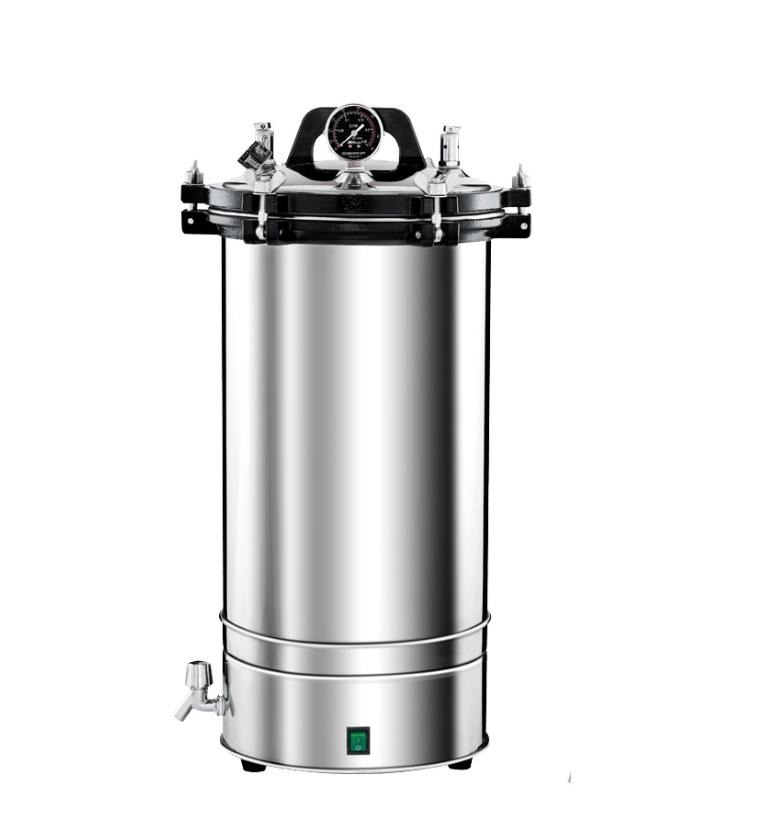
- Mobility and Portability
Vertical Autoclave: Vertical autoclaves are usually fixed in a specific location due to their larger size and weight. They are not designed for easy mobility or frequent transportation.
Portable Autoclave: Portable autoclaves are designed to be lightweight and easily transportable. They are more suitable for on-site sterilization or situations where mobility is required.
- Infrastructure Requirements
Vertical Autoclave: Vertical autoclaves typically require dedicated space and infrastructure, including proper electrical and plumbing connections. They may need installation by professionals.
Portable Autoclave: Portable autoclaves have minimal infrastructure requirements. They can be used on a tabletop or countertop without extensive electrical or plumbing installations.
- Sterilization Capacity
Vertical Autoclave: Vertical autoclaves have a larger chamber capacity and can accommodate larger loads or multiple items. They are suitable for sterilizing a higher volume of materials or equipment.
Portable Autoclave: Portable autoclaves have smaller chamber capacities and are suitable for sterilizing smaller loads or individual items.
- Applications
Vertical Autoclave: Vertical autoclaves are commonly used in medical and healthcare settings, laboratories, research facilities, and industries requiring sterilization of larger equipment or batches of materials.
Portable Autoclave: Portable autoclaves are often used in fieldwork, remote locations, small clinics, dental offices, or situations where mobility and space are limited.
- Cost
Vertical Autoclave: Vertical autoclaves typically have a higher initial cost due to their larger size and advanced features. They may also have higher operating costs.
Portable Autoclave: Portable autoclaves are generally more affordable compared to vertical autoclaves. They have lower initial costs and lower operating costs.
- Maintenance and Servicing
Vertical Autoclave: Vertical autoclaves may require more complex maintenance and servicing due to their larger size and advanced features. They may need professional assistance for maintenance.
Portable Autoclave: Portable autoclaves are relatively easier to maintain and service due to their simpler design and smaller size. Routine maintenance can often be handled in-house.
When choosing between a vertical autoclave and a portable autoclave, it’s crucial to consider your specific needs, space availability, mobility requirements, and budget. Evaluating these factors will help determine which type of autoclave is most suitable for your sterilization needs.
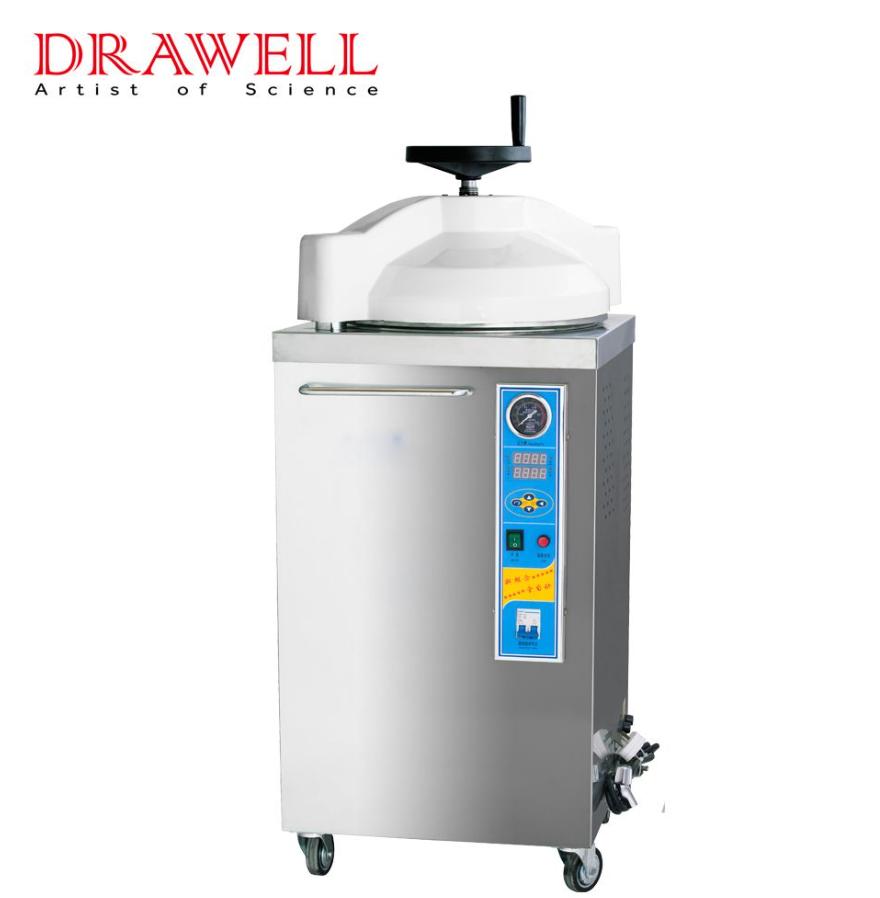
How to Choose Between Vertical Autoclave and Portable Autoclave
Choosing between a vertical autoclave and a portable autoclave depends on several factors. Here are some considerations to help you make a decision:
- Purpose and Application: Consider the specific purpose and application for which you need the autoclave. Vertical autoclaves are commonly used in medical and laboratory settings where larger volumes of materials or equipment need to be sterilized. Portable autoclaves, on the other hand, are more suitable for smaller-scale applications or fieldwork where mobility is important.
- Capacity and Size: Evaluate the amount of material or equipment you need to sterilize at a given time. Vertical autoclaves generally have larger chambers and can accommodate larger loads compared to portable autoclaves, which have smaller chambers. If you require sterilization of larger items or larger quantities, a vertical autoclave might be more suitable.
- Mobility and Flexibility: Assess the need for mobility and flexibility in your sterilization process. Portable autoclaves are designed to be lightweight and easily transportable. They are often used in remote locations or settings where access to a fixed laboratory or medical facility is limited. If you anticipate the need for on-site sterilization or frequent transportation of the autoclave, a portable autoclave would be a better choice.

- Infrastructure and Space: Consider the availability of infrastructure and space in your facility. Vertical autoclaves typically require a dedicated space with proper electrical and plumbing connections. They are usually installed in a fixed location due to their larger size and need for stability. Portable autoclaves are more flexible in terms of installation as they can be used on a tabletop or countertop without the need for extensive infrastructure.
- Budget: Evaluate your budget constraints. Generally, portable autoclaves tend to be less expensive compared to vertical autoclaves. If budget is a significant factor, a portable autoclave may be a more affordable option.
- Regulatory Requirements: Ensure compliance with any relevant regulatory requirements for your specific industry or field. Some industries or applications may have specific guidelines or standards that dictate the type of autoclave to be used. Familiarize yourself with these regulations and choose an autoclave that meets the necessary criteria.
It’s important to carefully assess your needs and consider these factors before making a decision. Ultimately, the choice between a vertical autoclave and a portable autoclave will depend on your specific requirements and constraints. If you still cannot make a decision, please feel free to Contact Drawell, we are glad to serve for you.

